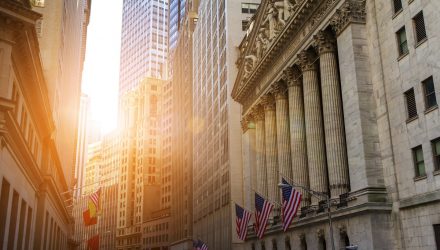
The markets had a record June recovery after a brutal May selloff. The Dow had its best June performance since 1938 when it gained 24.26%, while the S&P slotted its best June since 1955 when it gained 8.23%. This meteoric rise, in conjunction with the Fed expressing the willingness to cut interest rates if necessary, and news this weekend that the U.S. and China have reached a ceasefire in the tariff war, has driven stocks higher. But does the market have legs to continue at these levels?
Steve Grasso said on CNBC, “I think [the next leg of the rally]has been all about the Fed. Tariffs were maybe 20% of the story. I think for me it’s about the Fed. The Fed is still in the back pocket of the market. They have that. And the tariff story can only get better from here. So yes it’s about the Fed. It’s about higher markets from here going forward…We’ve factored in the negativity on the tariff headlines. We’ve already seen those at worst.”
While the Fed is a key element for many economists, other analysts feel the fundamental data is not as supportive or has yet to be revealed.
“What we don’t have are CEOs and the real impact. And when you throw the trade war into a world where leading economic indicators have been basically moving lower for the last 18 months, not just the last few months. So you can make an argument that this trade war has done things to the CEOs and to the businesses and to earnings that we still haven’t seen yet,” said Tim Seymour.
One unknown is whether or not earnings will sway a market breakout or pullback at these all-time highs.
“I think unfortunately this is the earnings season where you’re gonna start to hear some of that come out on the conference calls, that the CEOs are a bit concerned, that they might not have the confidence that they need to execute on their growth plans. And my concern is if we look out to like the fourth quarter earnings estimates, we’re looking at double digit year over year growth and I don’t think that’s gonna happen. Those are still way too high. They’re gonna have to come down. As they come down, the issue is it’s going to exert downward pressure on stocks, and that’s gonna offset a lot of the positives we’re getting from trade and Fed,” explained Mark Tepper.
Finally, some analysts believe that if the Fed cuts rates in such a brief period it could have deleterious affects on equities.
“Why have the Fed made this really historic pivot to dovishness in such a short period of time? And when you see the sort of data that we saw about global PMIs, that should make you nervous if they start cutting into weaker data. That to me that is the thing that makes the thing about the S&P 500 playing for a breakout at 2950 very dangerous,” added Dan Nathan.
Only time will tell how the historic index handles the 3000 level, but investors looking to participate in a perceived upside continuation can participate using broad market ETFs like the iShares Core S&P 500 ETF (IVV) or the SPDR S&P 500 ETF Trust (SPY).
For more invest ideas, visit ETFtrends.com.
